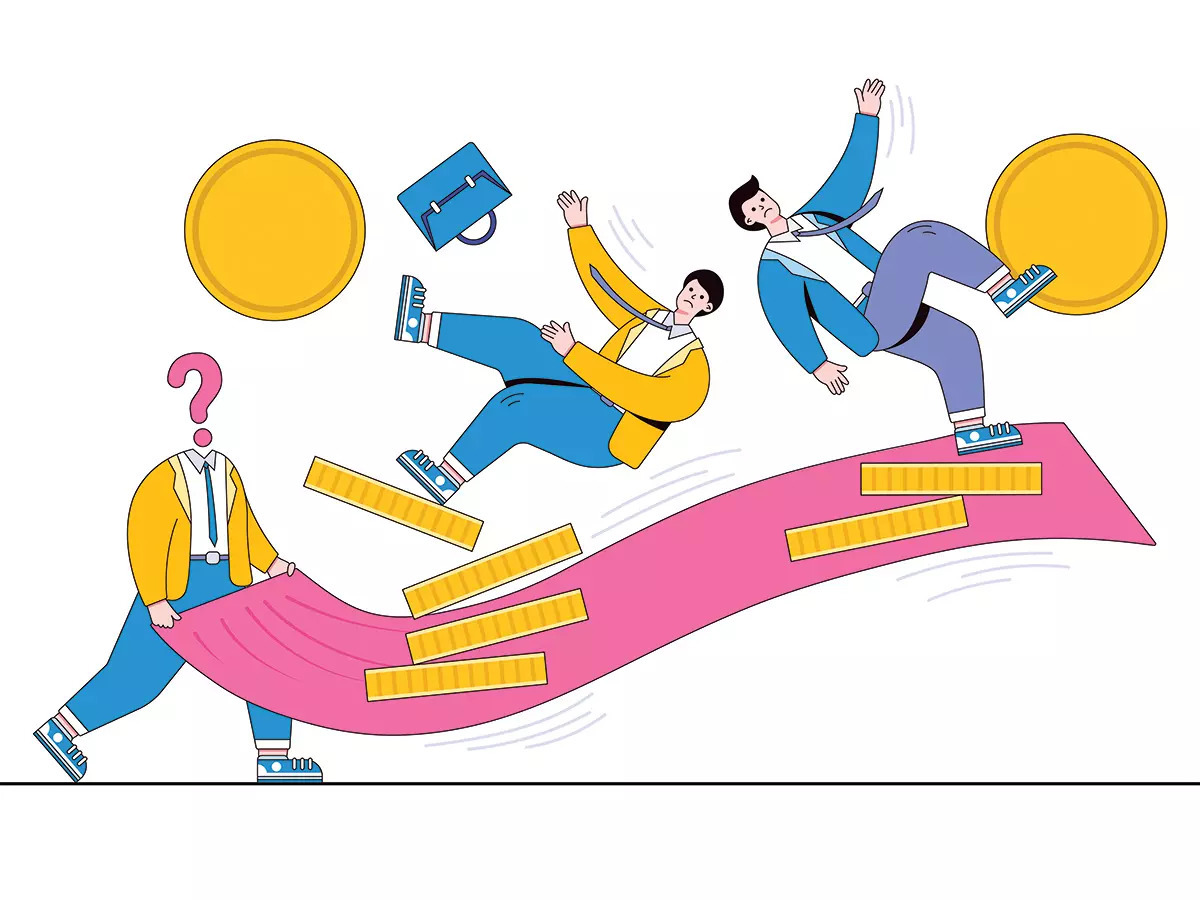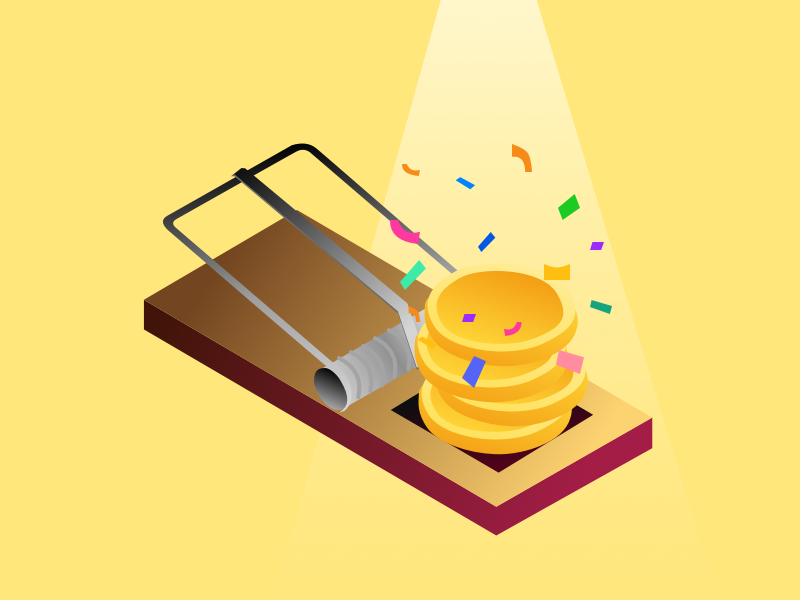Introduction
The cryptocurrency world is full of exciting investment opportunities, but it also comes with serious risks. One of the most damaging types of scams is the rug pull. In this scheme, developers raise money for a project and then vanish, leaving investors stuck with worthless tokens. Rug pulls have led to millions of dollars in losses and continue to catch people off guard, especially those who don’t take the time to research properly.
This guide breaks down what rug pulls are, how they work, the different forms they take, real-life examples, and how to avoid falling for one.
What is a Rug Pull in Crypto?

A rug pull happens when the creators of a crypto project suddenly disappear after collecting investor funds. The term comes from the idea of “pulling the rug out” from under someone. Investors are left holding tokens that are either useless or impossible to sell.
Different Types of Rug Pulls
- Liquidity Theft: Developers pull all liquidity from a decentralized exchange, so no one can sell their tokens.
- Token Dumping: Developers mint large amounts of tokens and sell them quickly, crashing the price.
- Malicious Code: Hidden functions in the smart contract give developers control, stopping users from selling or moving funds.
- Hard Rug Pull: The project was fake from the start, designed only to steal money.
- Soft Rug Pull: Developers slowly drain funds over time while pretending the project is still in development.
How Rug Pulls Happen
These scams often follow a predictable pattern:
- Generating Hype: Scammers promote the project aggressively on social media, through influencers, and in online communities.
- Attracting Investment: They lure people in with promises of high returns, exclusive benefits, or revolutionary technology.
- Boosting the Price: Developers may fake partnerships or buy their own tokens to drive up demand.
- Pulling Out: Once enough money is collected, they remove liquidity or dump tokens.
- Disappearing: The team vanishes, deleting websites, Telegram groups, and social accounts, leaving investors with worthless tokens.
Notable Rug Pull Cases

Squid Game Token (SQUID) – 2021
The token, inspired by the Netflix show Squid Game, skyrocketed in price from $0.01 to over $2,800 before developers executed a rug pull. Investors could buy the token, but they couldn’t sell it due to a hidden smart contract function.
Meerkat Finance – 2021
Meerkat Finance raised $31 million on the Binance Smart Chain. Developers claimed they were “hacked” before disappearing with the funds.
Lunar (LNR) – 2022
Promoted by influencers as the “next big thing,” developers dumped all tokens, causing the price to drop by 99%.
How to Spot and Avoid Rug Pulls
Red Flags of a Rug Pull:
- Anonymous or Fake Team: If the team behind the project is not transparent or uses fake names, proceed with caution.
- No Audited Smart Contracts: If the smart contract has not been audited by a trusted third party, the risk of a scam increases.
- Unrealistic Price Promises: If a project promises “guaranteed 100x returns,” it’s likely too good to be true.
- No Locked Liquidity: If liquidity is not locked, developers could withdraw funds at any time.
- Suspicious Tokenomics: If the developers own a large percentage of tokens, they could dump them later.
- No Real-World Use Case: Projects with no clear utility beyond speculation are often high-risk.
How to Protect Yourself
- Research the Team: Check LinkedIn profiles and past projects to verify the legitimacy of the team behind the project.
- Verify Smart Contract Audits: Use services like CertiK or SolidProof to ensure the smart contract is secure.
- Check Liquidity Lock: Use tools like Unicrypt to see if liquidity is locked and cannot be withdrawn by the developers.
- Be Skeptical of Influencer Hype: Many influencers promote scams for financial gain. Always question hype.
- Use Reputable Platforms: Invest in projects launched on trusted and well-established platforms.
- Analyze Token Distribution: If developers hold a significant portion of the token supply, they could manipulate the market later.
- Review Whitepapers Carefully: Scam projects often copy whitepapers from other sources. Be cautious if the whitepaper lacks originality or seems overly vague.
The Impact of Rug Pulls on the Crypto Market

Rug pulls not only harm individual investors but also damage the overall reputation of the cryptocurrency industry. When high-profile scams occur, it leads to:
- Loss of Investor Confidence: People become more hesitant to invest in new projects.
- Regulatory Scrutiny: Governments and financial authorities may impose stricter regulations on crypto projects.
- Decline in Market Growth: A reduction in investor trust means fewer innovations, and legitimate projects may struggle to gain traction.
Can Crypto Investing Be Safe?
While rug pulls are a major concern, not all crypto projects are scams. Many legitimate projects have built strong ecosystems and delivered value to their investors. The key to safe investing is proper due diligence and risk management.
Tips for Safe Crypto Investments:
- Use KYC-Compliant Platforms: Reputable platforms require developers to complete KYC (Know Your Customer) verification.
- Look for Third-Party Escrows: Some projects use smart contracts that only release funds if specific conditions are met.
- Check Community Engagement: A strong and active community is usually a sign of a legitimate project.
- Avoid Rushed Investments: Scammers often pressure investors into making quick decisions. Take your time.
- Verify Smart Contract Code: Open-source projects with transparent code are more trustworthy.
- Monitor Developer Activity: Consistent updates and open communication indicate a genuine project.
Final Thoughts
Rug pulls have taken billions from unsuspecting investors, but that doesn’t mean all of crypto is unsafe. By learning how these scams work and taking steps to protect yourself, you can avoid the traps and focus on real opportunities. When something sounds too good to be true, it usually is. Always take time to do your own research before putting your money into any project.
Final Tip
If a project seems “too good to be true,” it probably is. Always DYOR (Do Your Own Research) before investing.








